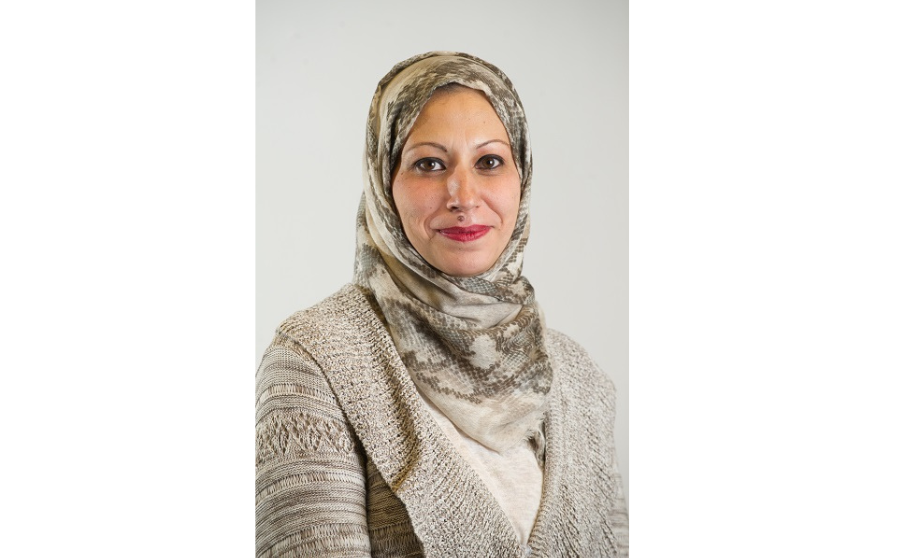Dr. Wajood Diery

Biography:
Dr. Wajood Diery is Assistant Professor at King Abdul-Aziz University. She has both a PhD (University of Nottingham, UK, 2005) and Master of Physics (King Abdul Aziz University, 2001).
Dr. Diery is a many-body theorist with a good background in Group Theory. She started studying the effect of strong Icosahedra crystal field on a system having two electrons in the valance f-shell and the wave functions for the system have been derived using the permutation and unitary group techniques.
In her Ph.D thesis, the many body perturbation has been extended to model Jahn-Teller Effect in the hole-doped C602+ cation. The Unitary shift transformation and energy minimization methods are used the minima on the lowest adiabatic potential energy surface. The eigenstates of the system in infinite coupling have been derived using group theory. In the case of weak coupling, the symmetry adapted states of the system have been also derived using projection operator techniques.
Dr. Diery is a teacher who always takes interest in the development of critical analysis and creative thinking of her students. She enjoys teaching the mathematical aspects of the subject. Teaching of quantum mechanics fascinates her. She enjoys communication with the undergraduates while teaching basic courses. She has some peer-reviewed publications and participated in conferences and symposia.
MIT Fellowship Research Abstract:
Modeling and first-principles computations of silicon/oxide and silicon/metal interfaces for photovoltaic applications
The interface between silicon and the electrodes or buffer layers in a solar cell can have an enormous and often unpredictable effect on efficiency. While this is partially a result of trap states due to defects at these interfaces, it is also due to the fact that we simply do not have a good understanding of the interface atomic structure, slight changes in which can dramatically affect band alignments. Further, it is very difficult to precisely control the atomic structure of these interfaces, so properties can change from sample to sample.
During her stay at MIT, Dr. Wajood and Prof. Kolpak will work together to expand upon the current model for band alignment at silicon/metal interfaces to enable incorporation of the effects of non-ideal interface structure and stoichiometry (for example, reconstructions, inter-diffusion, or formation of a thin oxide layer between the silicon and the metal). Dr. Wajood will use density functional theory (DFT) calculations to compute the stoichiometry-dependent charge transfer, dipole formation, and band alignment at silicon/metal interfaces with various degrees of oxidation, and use the results to help identify relationships between these properties and fundamental atomic and/or bulk materials properties, with the ultimate objective of developing a chemical/physical model for analytic prediction of band alignments at complex interfaces.
Dr. Wajood will be introduced to DFT computations and the science of atomic-scale interface structure-property prediction, both of which are at the core of my group's research. Her physics background and experience in developing analytical physical models are highly complementary and ideal for pursuit of the project described above.
Fellowship Sponsored By:
Saudi Aramco